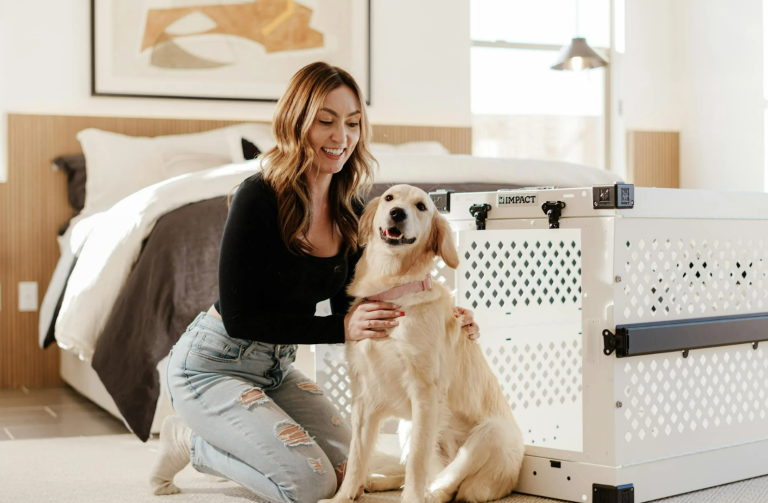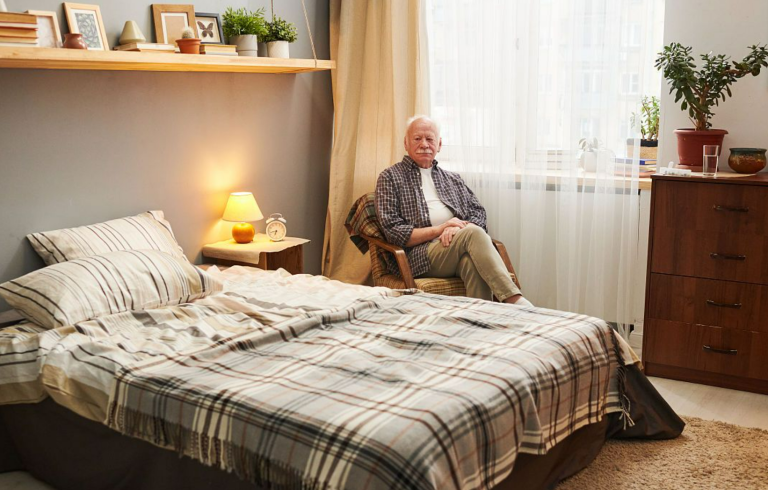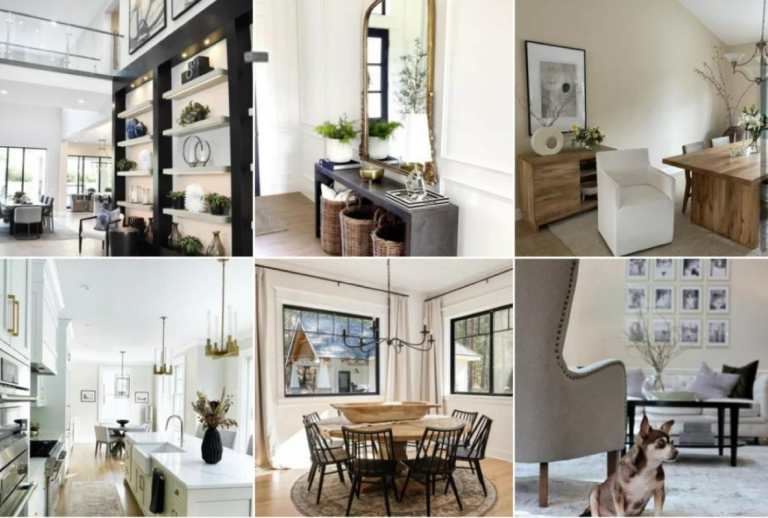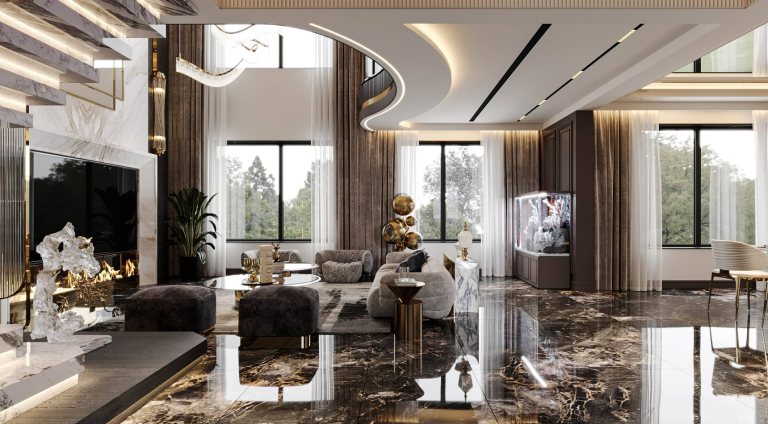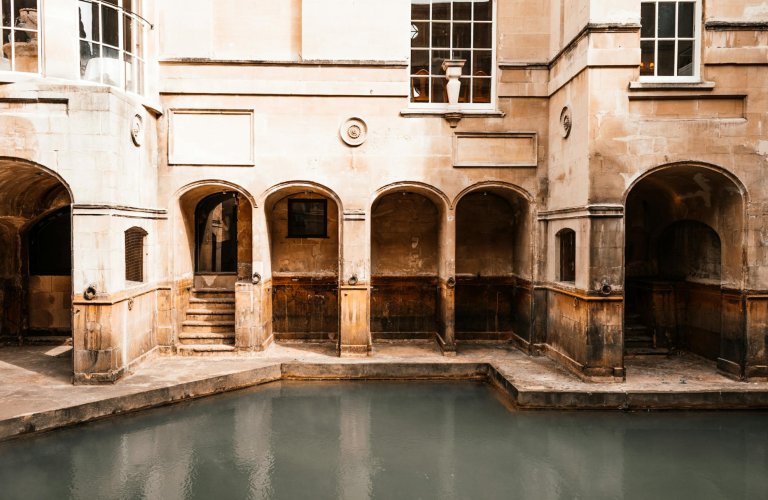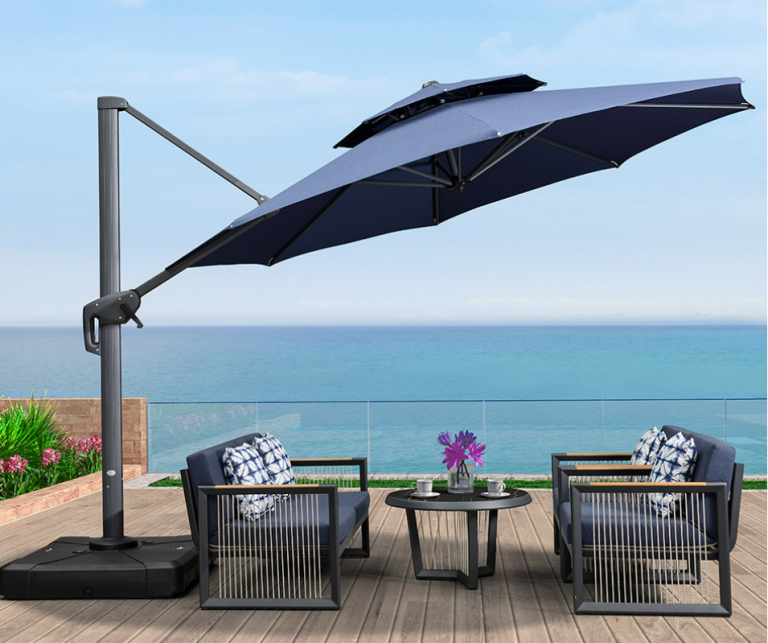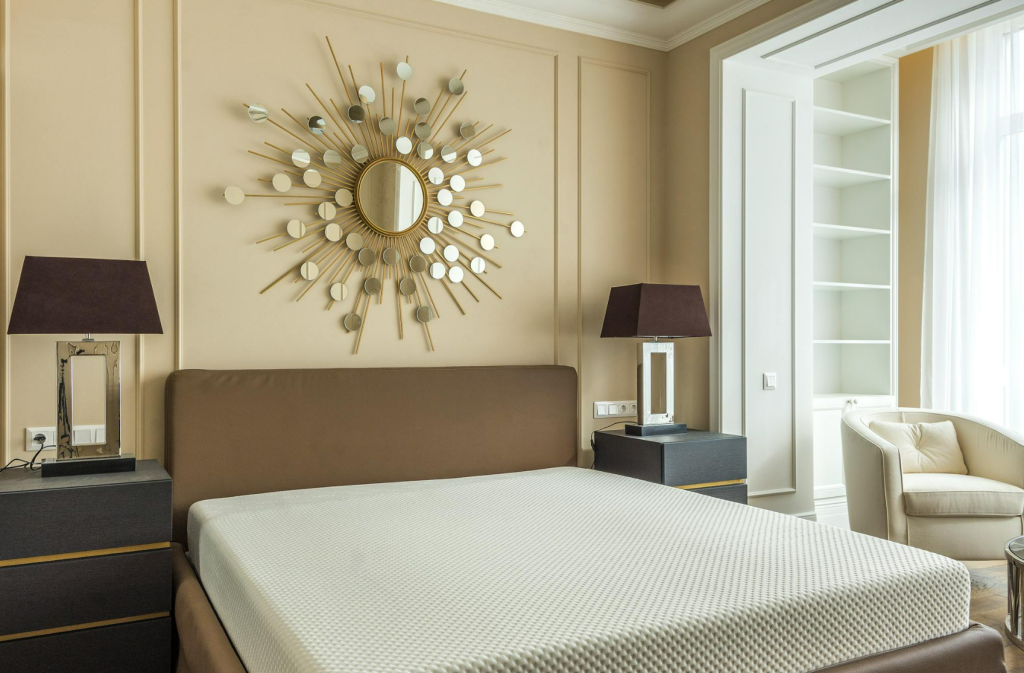

Age-Friendly Bedroom Design: Ensuring High-Quality Sleep
Introduction: The Sleep Crisis Among Seniors
By 2050, 38.6% of China’s population will be over 60, yet 67% of seniors experience sleep fragmentation—waking up multiple times nightly. This isn’t just about fatigue; poor sleep accelerates cognitive decline and increases fall risks by 40%. An age-friendly bedroom isn’t a luxury—it’s a healthcare necessity disguised as interior design.
Why Sleep Quality Declines with Age
Physiological Changes
After 60, melatonin production drops by 50%, while nocturia (nighttime urination) affects 80% due to reduced antidiuretic hormone. The result? Seniors average just 4.5 hours of uninterrupted sleep versus 7 hours in youth.
Environmental Factors
Seniors need 3x more light to see clearly, yet are 60% more sensitive to sleep-disrupting blue light. Temperature fluctuations also wreak havoc—ideal sleep temperatures rise from 18°C (young adults) to 22°C for seniors.
5 Pillars of Age-Friendly Bedroom Design
- Safety First
- R10-rated flooring (like cork or low-pile carpet) cushions falls, while glow-in-the-dark tape marks pathways to bathrooms.
- 50cm bed height matches wheelchair seats, with 20cm-wide support rails providing leverage for safe transfers.
- Comfort Optimization
- Medium-firm hybrid mattresses (5-7 on the firmness scale) reduce pressure points without sacrificing spinal support.
- Bamboo fiber sheets regulate temperature 30% better than cotton—critical for menopausal hot flashes.
- Light Engineering
- 2700K LED bulbs mimic sunset hues, while motion-activated nightlights (0.5 lux) guide nighttime trips without disrupting sleep.
- Blackout curtains with side tracks eliminate 99% of light leakage—a game-changer for urban seniors.
- Noise Control
- Mass-loaded vinyl behind walls blocks 70% of street noise, while white noise machines mask disruptive sounds at 45dB.
- Accessibility
- 80cm-wide pathways allow wheelchair turns, and pull-down closet rods bring clothes to eye level.
Technology Integration
- Smart beds with adjustable bases can gently elevate the upper body when snoring is detected.
- Voice-controlled systems (“Hey Google, sleep mode”) dim lights, lower blinds, and set thermostats simultaneously.
Common Mistakes
- Overlooking humidity: 50-60% RH prevents dry airways; add a smart humidifier if needed.
- Wrong curtain length: Floor-to-ceiling drapes prevent 3am light intrusions from streetlamps.
Case Studies
- Shanghai Renovation: Adding heated floors and circadian lighting reduced nighttime awakenings by 55%.
- Tokyo Project: Voice-activated beds cut fall risks during nighttime toilet trips by 70%.
Future Trends
Biometric pillows that monitor vitals and self-adjusting mattresses for arthritis sufferers are in development.
Conclusion: Designing for Restorative Sleep
An age-friendly bedroom isn’t just about adding grab bars—it’s about creating a holistic sleep ecosystem. By addressing safety, comfort, and technology together, we give seniors the gift of deep, healing sleep—one night at a time.
FAQs
- What’s the ideal bedside table height?
60-70cm—high enough to support standing up, low enough to access items seated. - Are smart beds too complex for seniors?
Not with voice control or one-button presets. Start with basic adjustable frames (800−1,500). - How to childproof age-friendly bedrooms?
Use magnetic cabinet locks and cover electrical outlets near beds. - Best color scheme for dementia patients?
Soft blues/greens (LRV 40-50) reduce agitation while aiding wayfinding. - Cost of basic safety upgrades?
1,200−3,000 covers essentials: lighting, rails, and non-slip flooring
